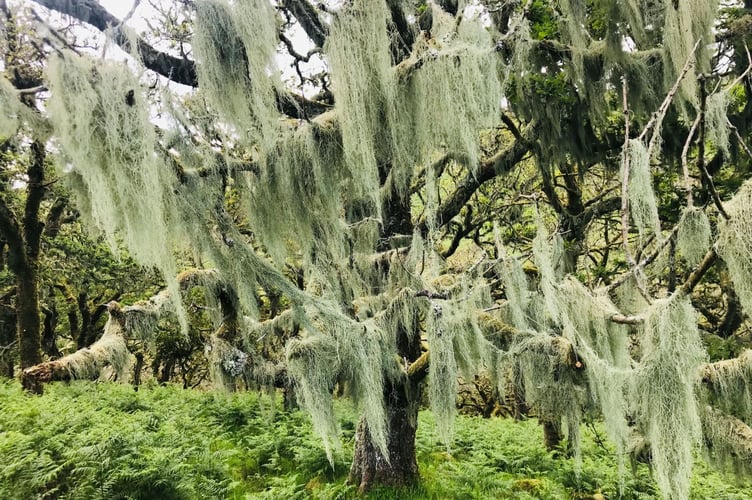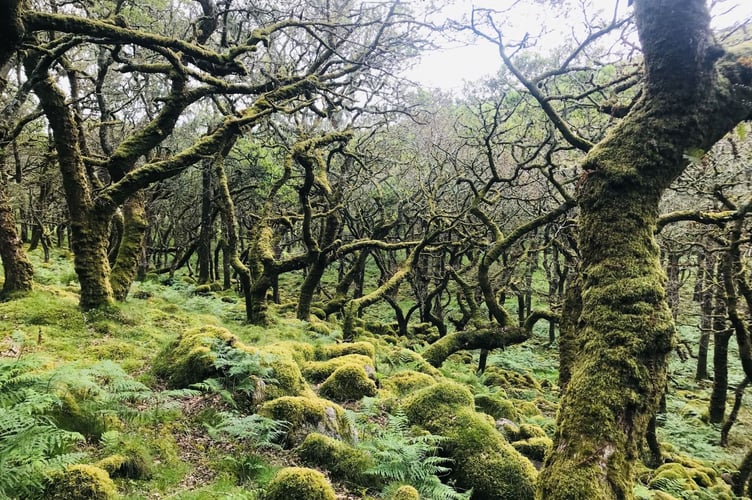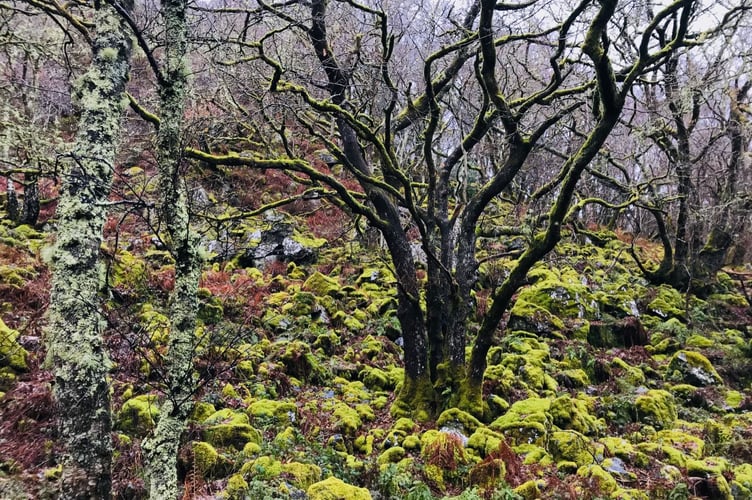South Hams residents are urged to seek out globally rare habitats on their doorsteps – temperate rainforests – and record their findings for a campaign to save them.
Few people realise the UK is home to a dwindling swathe of these biodiverse, beautiful habitats that are now some of the most endangered areas of rainforest in the world.
Wistman’s Wood on Dartmoor is Britain’s most famous rainforest, visited by thousands of people each year drawn by its gnarled and mysterious oaks.
But it’s not the only one - majestic Atlantic oakwoods that clothe the Dart Valley are also fragments of rainforests along with many more in the South Hams such as Dendles Wood at Cornwood and Piles Copse in the Erme Valley.

Totnes environmental campaigner and author, Guy Shrubsole, is leading the Lost Rainforests of Britain campaign, calling on the Government and large landowners to protect and restore them.
As part of the crusade, he is urging people to venture into their local woodland to help map remaining fragments of this rare habitat.
Guy says Britain once supported large expanses of temperate rainforests but they were felled by Bronze Age settlers, medieval tin-miners, Victorian charcoal-makers, and in the modern era by foresters who replaced them with high-yield conifers for timber.

He explained “Blanket bog formed over large areas of the uplands, deterring the return of dense woodland, and overgrazing by sheep has prevented their regrowth on the hillsides and in the cloughs.
“Yet despite all this, pockets of temperate rainforest cling on in Britain today. They huddle in lost valleys and sprout from piles of scree where boulders prevent even the surest-footed sheep from nibbling fresh saplings.
“They are capable of regenerating rapidly when given the chance. The iconic Wistman’s Wood has doubled in size since the late Victorian period.
“Several hundred acres of temperate rainforest has also regenerated at Lustleigh Cleave since the 1970s.
“In both cases, decisions by landowners and farmers to control overgrazing by livestock proved crucial to letting these habitats flourish.”

The UK’s notoriously rainy climate results in some of the best conditions in Europe for these unique wildlife and carbon-rich habitats that are home to many rare and unique species of plants, fungi, birds, insects and mammals from wood warblers and pied flycatchers to pine marten and red squirrels.
Temperate rainforests are exuberant with life and a key indicator is an abundance of mosses, liverworts, lichens and polypody ferns growing on the branches and trunks of trees.
To find out how to take part in the Lost Rainforests of Britain visit www.lostrainforestsofbritain.org





Comments
This article has no comments yet. Be the first to leave a comment.